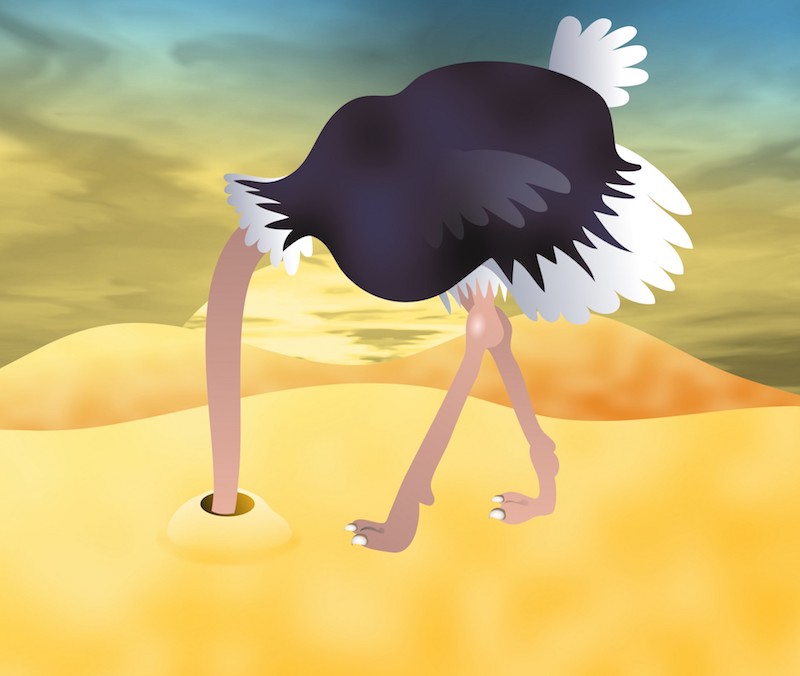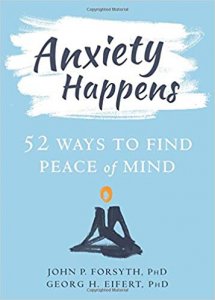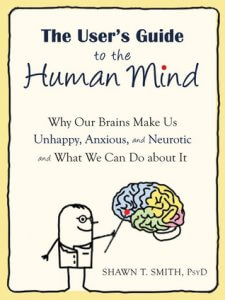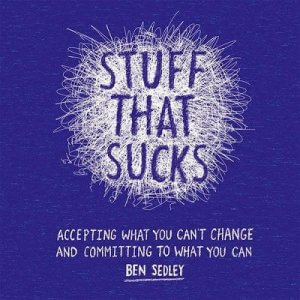Modern humans have inherited genetics from their ancestors who learned over thousands of years how to survive in a dangerous world. Our modern world hardy resembles the life of our ancestors; however our minds do not know that. Our minds, similar to our ancestors, are still hardwired to keep us safe and threats as a result of modern living e.g. long work hours, deadlines, family and work stress, living close to others, traffic jams, and unrealistic time demands, evoke responses from our mind which are often subconscious and automatic.
These normal responses or flight fight stress responses are designed to pull us back or away from perceived danger to ensure our safety and survival. Take for example our automatic response when we leap away from a stick. Once we realise the object is a stick and not a snake, our mind and body settles and we carry on. Better safe than sorry is our minds approach. If the stick had turned out to be a snake, our minds automatic reaction would have kept us safe. Nothing is lost as far as our mind is concerned, to over-react and leap out of harms way. Our minds will always err on the side of caution and take the ‘better to be safe than sorry’ option in order to keep us safe.
“The User’s Guide to the Human Mind – why our brains make us unhappy, anxious, and neurotic and what can we do about it” is written by Shawn Smith (2011) and is a useful self-help resource book that helps us to understand the processes of our mind. Shawn explains in easy to understand language how our minds work and why we are hard wired to react, particularly in times of stress, with behaviours cleverly designed to pull us back and away from perceived threats. We worry and become anxious, stressed, depressed, distracted and full of self-doubt for a reason – to ensure our safety and survival.
Our busy demanding lives pull us into a state of doing, rushing, and achieving with little time left for just being. Being with ourselves and fully present in this moment is practically impossible when we are constantly pushed for time, and feeling that we can never get everything done. Time for fun and adequate nutrition, exercise, and sleep are often sacrificed in our task saturated and fast paced lives. Living with this constant unrelenting stress day in day out, increases our vulnerability to physical and mental disease. Living at this rapid, constant pace can cause havoc with our peace of mind, health, and general feelings of contentment. How then can we go with the flow of what has become the norm – busy demanding lives – and achieve a healthy balance toward vital, fulfilling, meaningful, purposeful, and satisfying lives? More and more studies are showing that Acceptance and Commitment Therapy (or Training) (ACT) and mindfulness may be the answer, providing a vital link for us to maintain balance and stability while living under the constant pressure, stress, and demands of being a modern day human.
Minds are hardwired to keep us alive and safe, and any good mind that is doing its job would not allow us to move away from what is known and trusted. Our mind keeps an eye out for us, always problem solving, and constantly churning out thoughts and stories which can trigger unhelpful thinking habits such as black and white and all or nothing thinking, worry, rumination, self-doubt, and procrastination. The normal human mind is rarely in the present, tending to focus instead on problems, negatives, and things that are going wrong. Because negative experiences are more likely to threaten us than positive, there is an evolutionary reason for this natural tendency of the human mind. Minds focus on negatives, they worry, ruminate, dredge up memories and images from the past, linking these and our past mistakes to the present, predicting what could go wrong in an effort to keep us safe. Living in our busy, ever changing, modern demanding world sets us up for minds that can habitually use unhelpful thinking patterns, pulling our attention away from the here and now, robbing us of the opportunity to live a fully present and vital life.
Welcome to being a human, we all have minds that behave like this. No human can escape the reality of experiencing pleasant and unpleasant thoughts and emotions, images and memories. For example, if we feel joy and love then we are connected and attached to others. The risk of being connected to others is losing them which will involve the flip side of love and joy – sadness and grief. These are normal human emotions and we cannot have one without the other. If we experience feelings of pride and mastery we would also have likely experienced emotions of fear, anxiety and self-doubt to get there. That’s the deal with being a human. We all have minds and they all come hardwired to experience thoughts, feelings, sensations, images and memories. Some are pleasant, some are not, however, they are all normal human experiences designed to keep us safe. Are you willing to have all of these normal human experiences?
Our minds can be tricky, frightening us and talking us out of doing things that we really want to do sometimes. Take for example speaking in front of a group of people. If we are not accustomed to speaking publically, our minds will likely throw up thoughts involving self-consciousness and self-doubt along with healthy doses of anxiety experienced in our body in the form of sweating, shaking, dry mouth, and pounding heart. Sound familiar? Your mind is just looking out for you, doing its job to ensure that you do not put yourself out in front of others, running the risk of being negatively evaluated and perhaps found wanting. Our minds cannot speak to us, they have only thoughts and feelings to send us messages and do their job – keep us safe. In the absence of words, minds have the normal human stress responses or fight flight responses to stop us in our tracks, ensuring that we remain quiet and not speak, reducing the threat of us being rejected by the group. Changing our relationship to one of befriending and joining up with our thoughts and feelings as allies, accepting and allowing them to be just as they are without needing to judge them, push them away or running from and avoid them, stops our minds from pushing us around like this, dictating how we live our lives. Shifting our relationship with these normal human experiences helps us to see that our thoughts are just thoughts, and our feelings are just feelings. Thoughts and feelings cannot hurt us, and we do not have to believe everything that our minds tell us. We do not have to buy into every thought and feeling that we experience.
Acceptance and Commitment Therapy or Training (ACT) and mindfulness help to change our relationship with normal challenging human thoughts, feelings, and experiences. Promoting awareness of what our mind is up to, ACT and mindfulness skills build our ability to notice when our minds have pulled us away from the present moment. ACT skills teach us how to notice, observe, and become curious of our internal and external experiences using a non-judgmental beginners mind. Taking this bigger picture perspective of our thoughts and feelings using ACT and mindfulness skills, helps to promote value based responds, breaking the habit of reacting unskilfully to the inevitable challenges of being a human.
Applying the six core principles of ACT to our daily lives has been shown to build psychological flexibility, helping us to adapt to the constant changes in our busy modern world. Mindfulness and ACT skills practiced regularly become habits which foster more helpful, workable, and skilful responses to our moment to moment experiences. Mindfulness and ACT skills build a sense of mastery and stability rather than living mindlessly, stuck in unhelpful thinking patterns.
Are you living the life that you want? Are difficult thoughts and feelings getting in the way of a vital, meaningful, fulfilling, and purposeful life? Do you want to know more about mindfulness and ACT skills that could change your life? You may be eligible for a Federal Government rebate with a Mental Health Care Plan for visits to one of the skilled ACT Therapists working at the Brisbane ACT Centre at 7 Marie St in Milton. Visit the Brisbane ACT Centre website www.brisbaneactcentre.com.au or phone 07 3193 1072 for more information.
Reference
Smith, S. T. (2011). The user’s guide to the human mind. Why our brains make us unhappy anxious, and neurotic and what can we do about it. Oakland, CA: New Harbinger Publications, Inc.
















